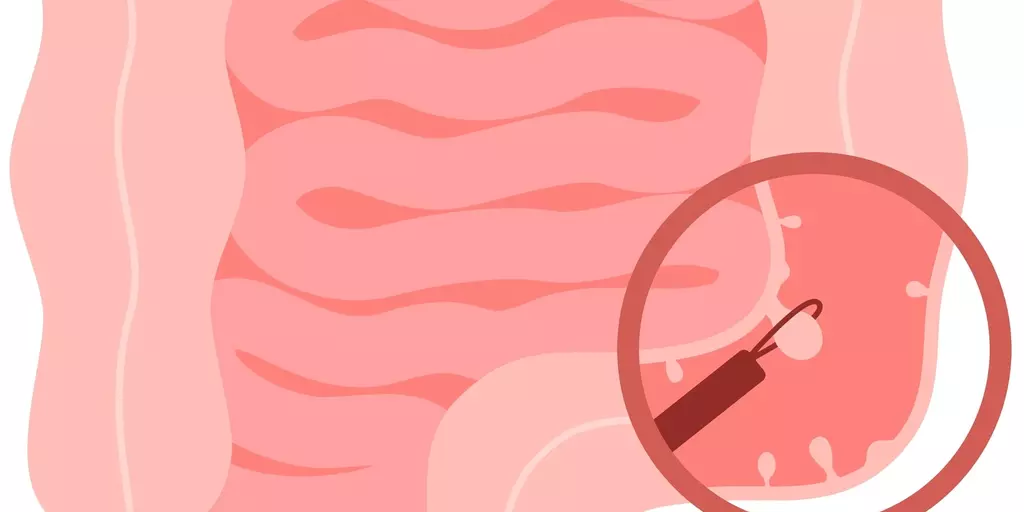Surveillance colonoscopies after endoscopic resection of large polyps with thermal ablation of the resection margins
O'Sullivan T, Gut. 2024;74(1):67-74
The long-term risk of recurrence after successful endoscopic mucosal resection with thermal treatment of the resection margins of large polyps ≥ 20 mm is low according to this prospective observational study, so that follow-up surveillance endoscopies after 6 months and then after 3–5 years are likely to be sufficient.
Background and aims: The efficacy of colorectal endoscopic mucosal resection (EMR) is limited by recurrence and the necessity for conservative surveillance. Margin thermal ablation (MTA) after EMR has reduced the incidence of recurrence at the first surveillance colonoscopy at 6 months (SC1). Whether this effect is durable to second surveillance colonoscopy (SC2) is unknown. The authors evaluated long-term surveillance outcomes in a cohort of LNPCPs that have undergone MTA.
Methods: LNPCPs undergoing EMR and MTA from 4 academic endoscopy centres were prospectively recruited. EMR scars were evaluated at SC1 and in the absence of recurrence, SC2 colonoscopy was conducted in a further 12 months. A historical control arm was generated from LNPCPs that underwent EMR without MTA. The primary outcome was recurrence at SC2 in all LNPCPs with a recurrence-free scar at SC1.

Results: 1152 LNPCPs underwent EMR with complete MTA over 90 months until October 2022. 854 LNPCPs underwent SC1 with 29 of 854 (3.4%) LNPCPs demonstrating recurrence. 472 LNPCPs free of recurrence at SC1 underwent SC2. 260 LNPCPs with complete SC2 follow-up formed the control arm from January 2012 to May 2016. Recurrence at SC2 was significantly less in the MTA arm versus controls (1/472 [0.2%] vs. 9/260 [3.5%]; p < 0.001).
Conclusion: LNPCPs that have undergone successful endoscopic mucosal resection with margin thermal ablation and are free of recurrence at the first surveillance colonoscopy at 6 months are unlikely to develop recurrence in subsequent surveillance out to 2 years. Provided the colon is cleared of synchronous neoplasia, the next surveillance can be potentially extended to 3–5 years. Such an approach would reduce costs and enhance patient compliance.